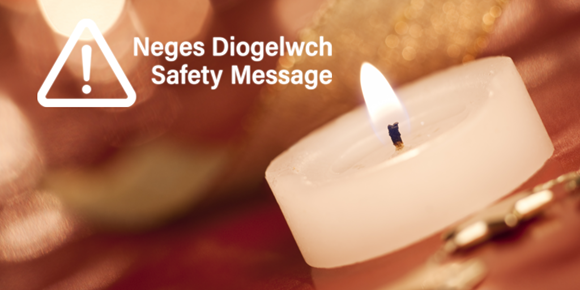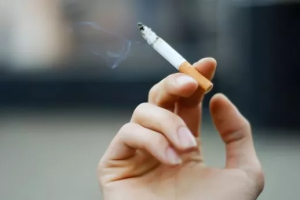IT’S CANDLE SAFETY WEEK and with the night’s drawing in, it’s a perfect opportunity to re-evaluate the risks of using candles.
Although Mid and West Wales Fire and Rescue Service will always discourage the use of candles due to the inherent dangers involved, it is understandable that many people will wish to use them for a variety of different reasons, whether it is part of a religious or seasonal celebration, or simply to make the home smell nice during the darker winter months. Instead, MAWWFRS urge normal candle users to consider safer alternatives.
William Bowen, Home Fire Safety Manager for Mid and West Wales Fire and Rescue Service said: “It is understandable why candles are used in the home environment, but we will always advise against the use of candles and encourage use of flame-less candles such as battery-operated LED alternatives. If you do use a candle, it is important to always remember that an open flame should never be placed anywhere near flammable services or objects and should never be left unattended. Recognising the clear risks of using candles, it is also very important to ensure that fully functioning and regularly tested smoke detectors are present as this will serve as the first line of defence if things go wrong.”
MAWWFRS have some great tips for those considering the use of candles this winter, which can be found via the link below.
Candle Safety – Mid and West Wales Fire and Rescue Service (mawwfire.gov.uk)
ALWAYS
- Always place candles /oil burners on a stable, heat resistant surface. Night lights and tea lights can melt plastic surfaces like TV tops and bathtubs. They must always be placed away from soft furnishings and on a non-flammable surface such as a plate or tile – wherever possible a proper candle / incense holder should be used.
- Always put scented candles in a heat resistant holder. Scented candles are designed to liquefy when heated to maximise fragrance.
- Always burn candles in a well-ventilated room, out of drafts, vents or air currents. This will help prevent rapid or uneven burning, soot, and dripping.
- Always, keep them away from draughts and anything that can easily catch fire like furniture or curtains.
- If you’re going out, put it out. Never leave lit candles unattended. Put burning candles out when you leave the room, and make sure they’re out completely once you have finished with them.
- Keep candles out of the reach of children who may want to play with them and out of the reach of any animals who may knock them over.
- Use a ‘snuffer’ or a spoon to put out candles. It’s safer than blowing them out, which can send sparks and hot wax flying.
- Make sure that everyone in your home knows what to do if a fire should occur– practise your escape route.
- Always have working smoke alarms fitted throughout your home and test them regularly.
NEVER
- Do not burn several candles close together as this might cause the flame to flare. Always leave at least 10cm (4”) between two burning candles.
- Don’t let anything fall into hot wax. Broken bits of matches etc. can act as a second wick and significantly increase the flame height and temperature.
- Never light candles, burners or cigarettes when you are tired or sleepy.
- Don’t move candles once they are lit
- Don’t lean across candles – you could set fire to your clothes.
- Never allow an oil-burner to boil dry. Depending on the type of burner, it could break – or even catch fire in some cases.
- Never leave lit candles unattended. Put burning candles out when you leave the room, and make sure they’re out completely once you have finished with them. If you’re going out, put it out.
MAWWFRS also offer a safe and well visits where the community safety team can provide advice over the phone and visit your property to provide advice and support on home safety. You can book your visit by calling 0800 169 1234.
Safe and Well Visit – Mid and West Wales Fire and Rescue Service (mawwfire.gov.uk)
















